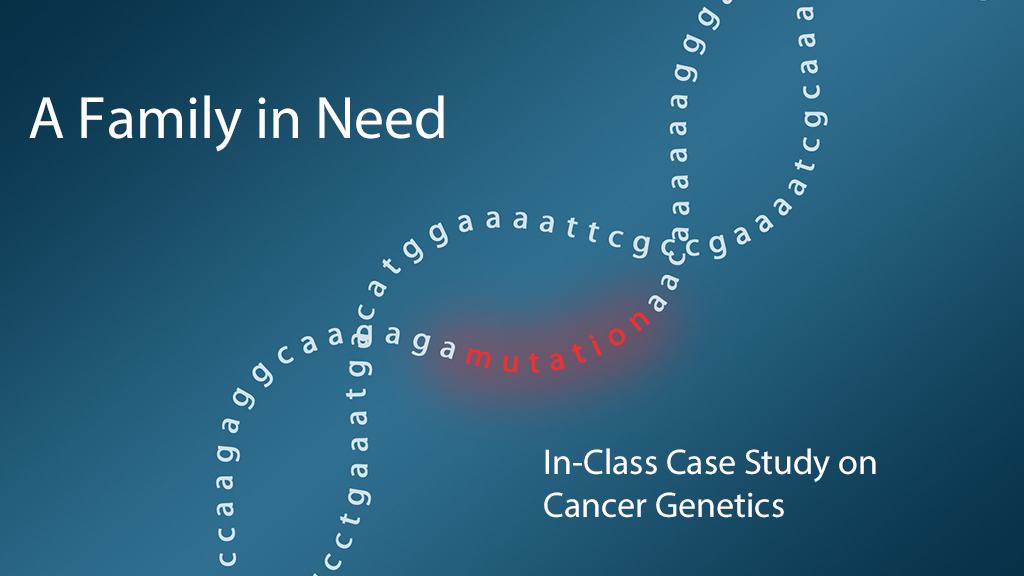Abstract
This case is designed as an in-class, problem-based learning activity for students to learn about several innovative medical applications of molecular biology. Students assume the role of a second-year medical student assigned to work with a pediatric oncologist who has just biopsied a tumor-like growth in the adrenal gland of her 17-year-old patient, Lee F. After taking Lee’s family history and performing a pedigree analysis, students review clinical and genetic characteristics of several syndromes associated with adrenal cancer. Students then explore various diagnostic and biomedical research techniques such as PCR, DNA sequencing, and pre-implantation genetic diagnosis. The case concludes with a consideration of how to treat Lee’s condition with the help of gene cloning and the potential of gene therapy. Although originally written for an upper-level college genetics course, the case could also be adapted for an introductory molecular/cellular biology course, a non-majors biology course, or a professional school medical genetics course. The case has two versions: an "in-class version" and an "Internet version." This version is the in-class version. The other, Internet-enhanced version requires that students work more independently as they use various websites and databases to discover key pieces of information for the case and is completed outside of class.




